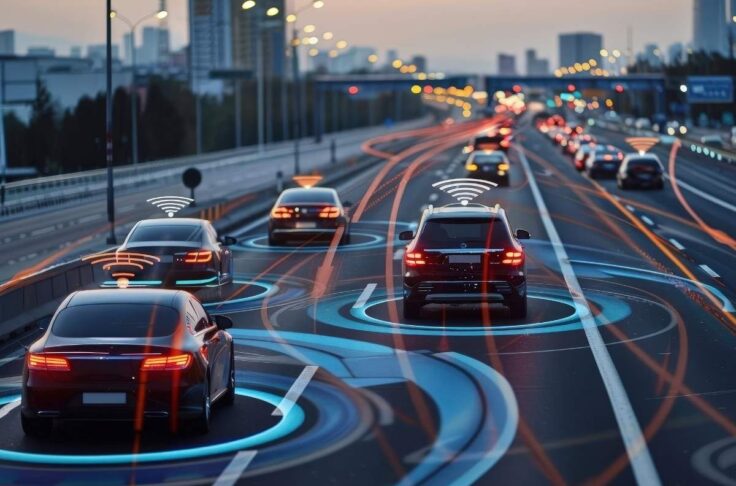Transporter Sharing in Germany: An Insights Interview with MILES
Summary
We talked with Alexander Eitner (COO) and Nora Goette (Lead PR & Comms) from MILES about all things transporter sharing. MILES stands out as a top mobility provider, boasting over 1,000 transporters across multiple German cities. This positions them as a major player on the global stage in large vehicle sharing. We discussed their approach to offering mixed vehicle classes, how sharing transporters differs from sharing passenger cars, typical use cases for transporter sharing, and upcoming trends in the sector.

Transporter sharing is booming. That is why INVERS launched a white paper on “Large Vehicle Sharing in Europe and North America”; a free-of-charge, 33-page white paper that helps carsharing operators quickly understand key market dynamics, insights, and trends.
MILES is a mobility provider and offers more than 16,000 vehicles in carsharing, rental and subscription. The company deployed transporter sharing from their very beginnings in 2017. Today, MILES runs more than 1,000 transporters in their fleets in Germany. Typical transporters in their fleet include the Mercedes Sprinter, VW Crafter, VW T6 and the Ford Transit.
We are happy to have talked to Co-Founder & COO Alexander Eitner and Lead PR & Comms Nora Goette about all things transporter sharing.
Table of Contents
You started with transporters very early in your history. What was your motivation to run transporter sharing AND “classic” carsharing alongside?
Alexander Eitner: Our motivation has always been centered around providing a use case-driven approach to our users. We understand that everyone has varying needs when it comes to transportation, so offering a diverse range of vehicles ensures that we have options for every situation. Whether it’s a quick trip around the city, a longer journey or a serious transportation situation. We want our users to have access to the right vehicle size for the right duration.
Nora Goette: In addition, transporter sharing saves our users unnecessary extra trips and time. They no longer have to drive to a rental station, return the vehicle or stop at a gas station. The whole process is very convenient.
How does classic carsharing differ from van and transporter sharing operations?
Alexander: From the user’s perspective, there is no significant difference. Our users can rent both classic cars and transporters seamlessly through our app. However, when it comes to the operation of these services, there are some noticeable distinctions. One significant difference is the damage rate, which tends to be higher for transporters, as people are not used to drive such big vehicles. The Vehicle density is also different from regular cars. People are willing to walk longer distances to reach a van.
Can you share data on which use cases your customers use your vans for most often?
Alexander: Some of the classic scenarios are moving, transporting things from DIY stores and disposing of bulky waste. But there are also crazy use cases, like using the transporter as a little private concert stage. In general, we observe that there is a higher utilization of the transporters on weekends. Especially on the so-called “moving weekends”, so end or beginning of the month the demand is highest. In addition, we notice increased use of our transporters for specific seasonal activities, for example in spring, when people are busy with garden and balcony projects.
Nora: We do not only rent our transporters but also contribute them to charity organization like Berliner Tafel or hawar.help, enabling them to transport goods for their missions.
Which trends do you see in the transporter sharing business?
Nora: We just split our transporter category into two sections, L and XL. So basically smaller and bigger transporters, as there are different needs in these sizes. This strategic separation has significantly enhanced the user experience because it simplifies the process of finding the most suitable vehicle. And we by the way not only offer light commercial vehicles but also 9-seater.
Alexander: Looking ahead, we see in response to the growing demand for electric vehicles also a gradual increase in e-transporters. While there are still some challenges to overcome, especially the range of e-transporters remains an important aspect for the sharing business, we already offer them in our subscription model.
Further insights into large vehicle sharing with transporters, vans, RVs and campervans
Thank you, Alexander and Nora, for the great chat and sharing your valuable insights.
For more information and interesting findings about large vehicle sharing, we encourage readers to check out our extended 33-page white paper on “Large Vehicle Sharing in Europe and North America”.


